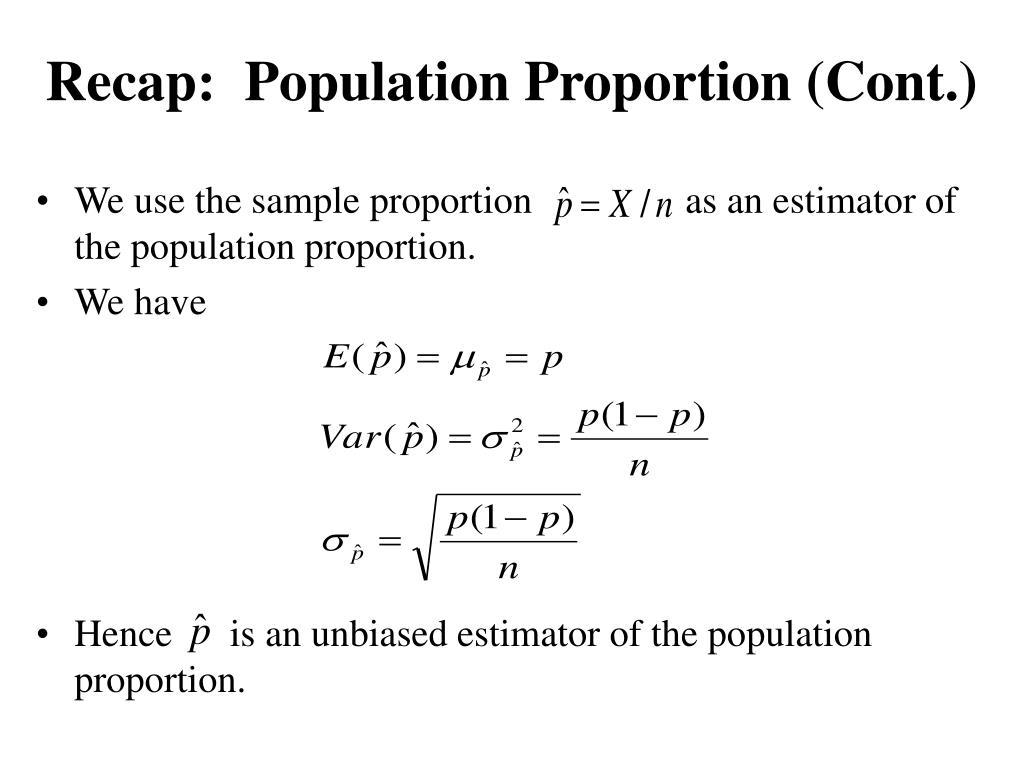

If your power is 80%, then this means that you have a 20% probability of failing to detect a significant difference when one does exist, i.e., a false negative result (otherwise known as type II error). The power is the probability of detecting a signficant difference when one exists. If your confidence level is 95%, then this means you have a 5% probability of incorrectly detecting a significant difference when one does not exist, i.e., a false positive result (otherwise known as type I error). This reflects the confidence with which you would like to detect a significant difference between the two proportions. Substituting f 1 and f 2 into the formula below, we get the following. To apply a finite population correction to the sample size calculation for comparing two proportions above, we can simply include f 1=(N 1-n)/(N 1-1) and f 2=(N 2-n)/(N 2-1) in the formula as follows.

However, the effect of the FPC will be noticeable if one or both of the population sizes (N’s) is small relative to n in the formula above. This is explained in more detail in our blog: Why Use A Complex Sample For Your Survey. For large, finite populations, the FPC will have little effect and the sample size will be similar to that for an infinite population. With a finite, small population, the variability of the sample is actually less than expected, and therefore a “finite population correction”, FPC, can be applied to account for this greater efficiency in the sampling process.įor a large population (greater than 100,000 or so), there’s not normally any correction needed to the standard sample size formulae available. Most sample size calculations assume that the population is large (or even infinite). By changing the four inputs (the confidence level, power and the two group proportions) in the Alternative Scenarios, you can see how each input is related to the sample size and what would happen if you didn’t use the recommended sample size.įor some further information, see our blog post on The Importance and Effect of Sample Size. The above sample size calculator provides you with the recommended number of samples required to detect a difference between two proportions. Sample Size Calculation for Comparing Proportions.
:max_bytes(150000):strip_icc()/comparing-two-proportions-57b5a4e33df78cd39c67380b.jpg)
Note: A reference to this formula can be found in the following paper (pages 3-4 section 3.1 Test for Equality).

for a power of 80%, β is 0.2 and the critical value is 0.84) and p 1 and p 2 are the expected sample proportions of the two groups. for a confidence level of 95%, α is 0.05 and the critical value is 1.96), Z β is the critical value of the Normal distribution at β (e.g. Where Z α/2 is the critical value of the Normal distribution at α/2 (e.g. This calculator uses the following formula for the sample size n: In this case you would need to compare 248 customers who have received the promotional material and 248 who have not to detect a difference of this size (given a 95% confidence level and 80% power). Currently 15% of customers buy this product and you would like to see uptake increase to 25% in order for the promotion to be cost effective. Before implementing a new marketing promotion for a product stocked in a supermarket, you would like to ensure that the promotion results in a significant increase in the number of customers who buy the product.


 0 kommentar(er)
0 kommentar(er)
